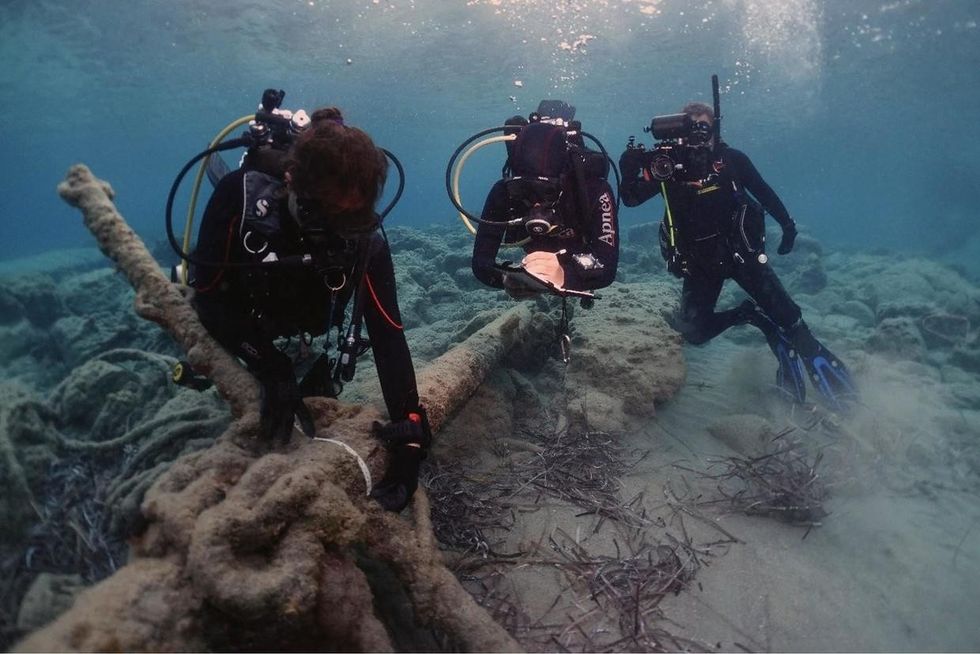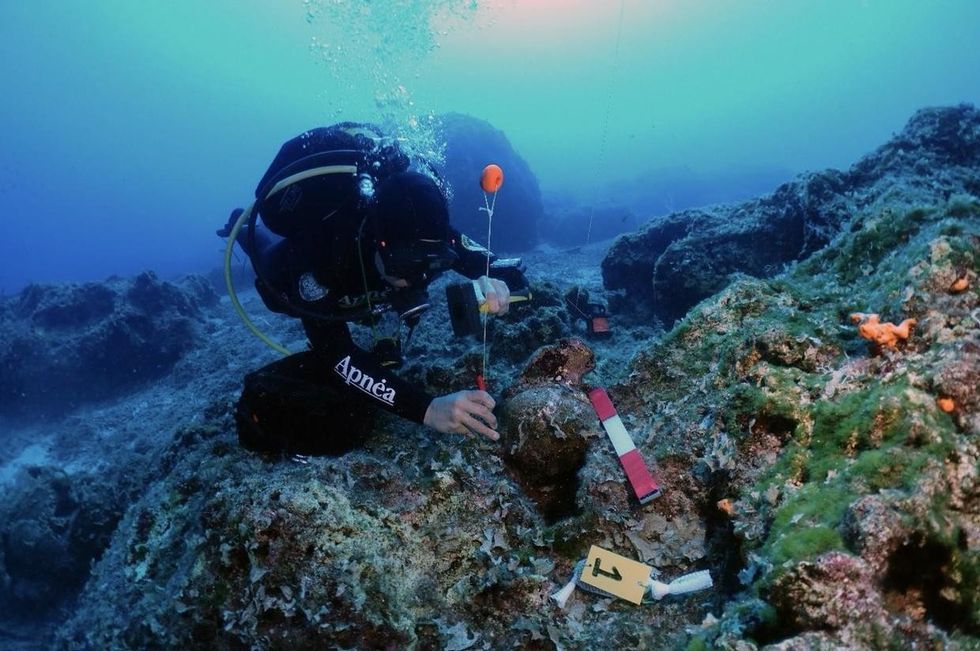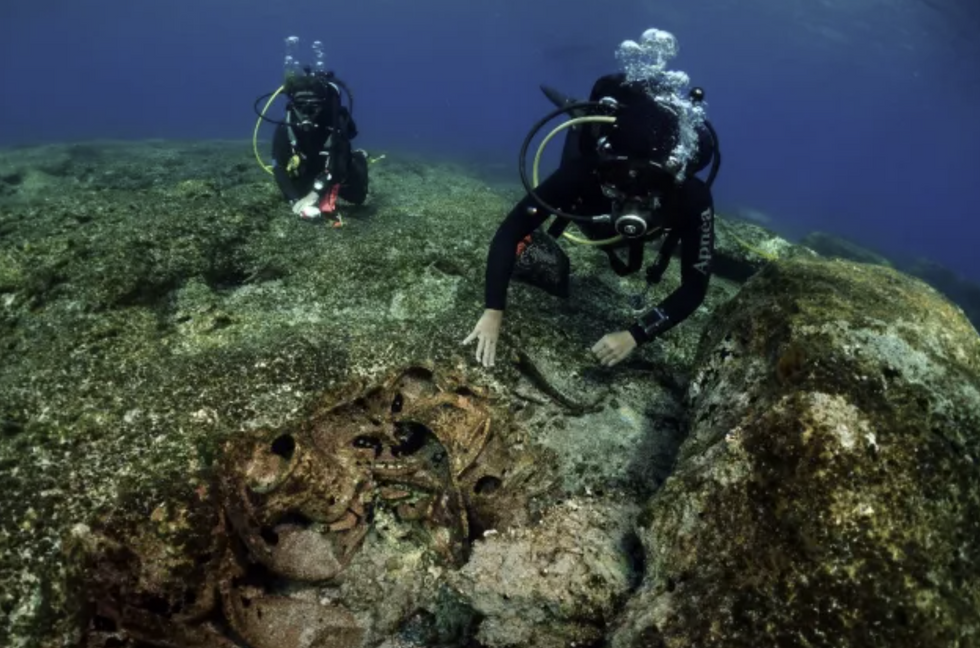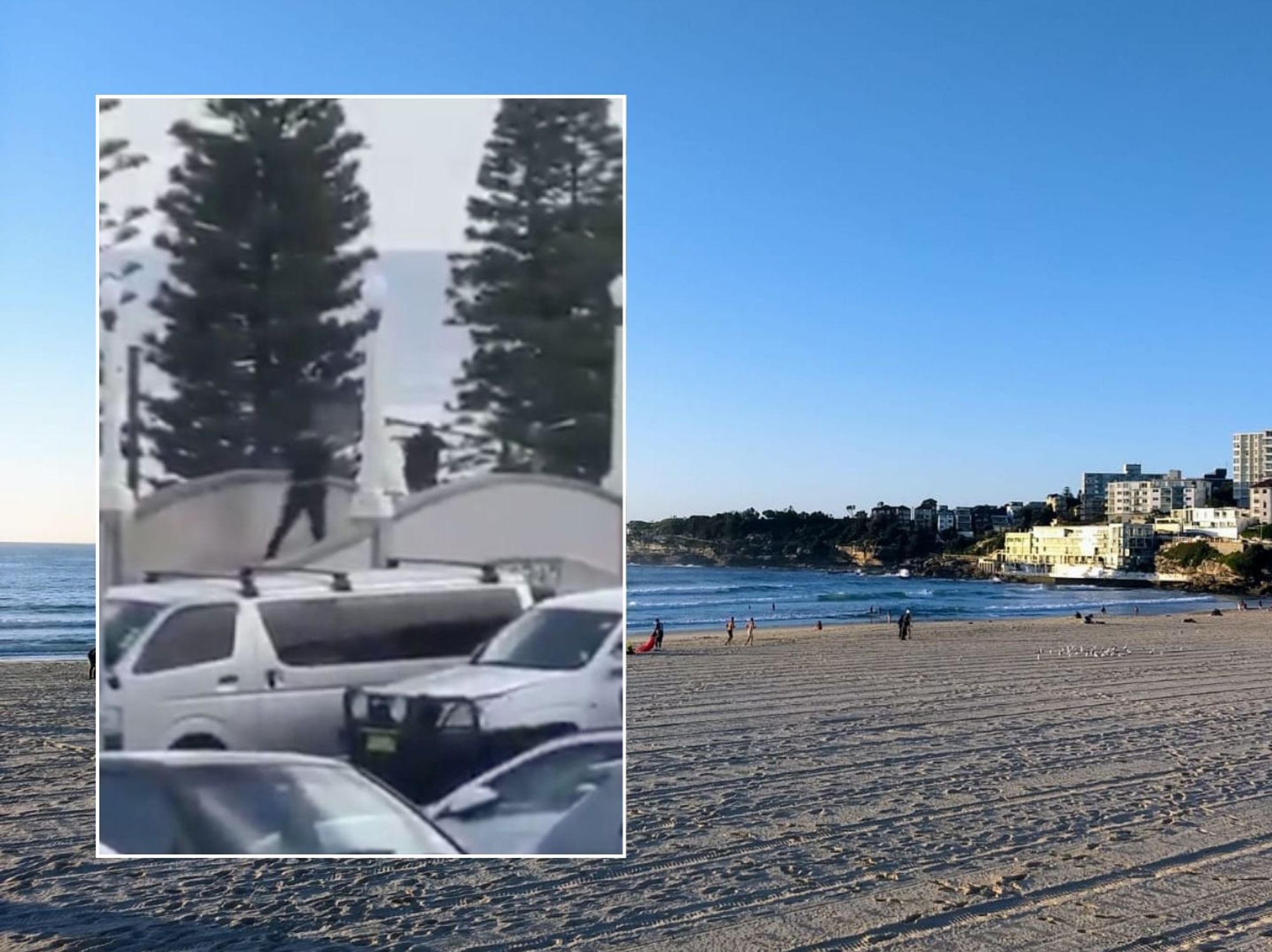Ancient shipwreck from 5,000 years ago among stunning findings by group of scuba divers

Researchers used Homer's Iliad as a guide to find a number of ancient artefacts
Don't Miss
Most Read
Latest
Archaeologists off the Greek coast have discovered 10 shipwrecks, including one estimated to be more than 5,000 years old.
Using Homer's Iliad as a guide, researchers made the discoveries during a four-year survey off the coast of Kasos, a small island in the Aegean Sea.
Diving teams found the remains of 10 doomed ships, spanning thousands of years of history, with the oldest one dating back to 3000 BC.
The vessels spanned from the Classical period (460 BC), the Hellenistic period (100 BC to 100 AD), the Roman years (200 BC - 300 AD) and the Byzantine period (800 - 900 AD).

An anchor was among the finds in the sea
|GREEK MINISTRY OF CULTURE
The team also found the remains of a more recent vessel, a World War II-era ship made of wood that was almost 100 feet long.
The Greek Ministry of Culture said researchers also discovered a trove of "unique finds" originating from Spain, Italy, Africa and Asia Minor, including a Spanish amphora with a seal on its handle dating from between 150-170 AD.
Officials said researchers who surveyed the waters off the island actually used the Iliad and other historical sources to study the area.
A video on the survey's website said: "It is the first systematic research on the seabed of Kasos with the main objective of locating, recording and studying the antiquities of an area at the crossroads of cultures and once a centre of navigation."
LATEST SCIENCE NEWS

One of the shipwrecks found by the researchers
|GREEK MINISTRY OF CULTURE
CBS News reports that the shipwrecks and sunken treasures were found at depths of between 65 and 155 feet.
From 2019 to 2023, researchers took more than 20,000 underwater photos and employed a side-scanning sonar to map the Kasos-Karpathos reef for the first time.
A photo of the anchor was among six images from the survey released by the culture ministry.
The team of international researchers includes diving archaeologists, historians, architects, geologists, postgraduate students and other specialists.

A group of scuba divers working on the site
|GREEK MINISTRY OF CULTURE
Last month, the Colombian government announced plans to remove items from a legendary shipwreck.
The San Jose galleon, which sank in 1708 laden with gold, silver and emeralds estimated to be worth billions of dollars.
The ship, which has been described as the 'holy grail' of shipwrecks has been controversial, because it is both an archaeological and economic treasure.











